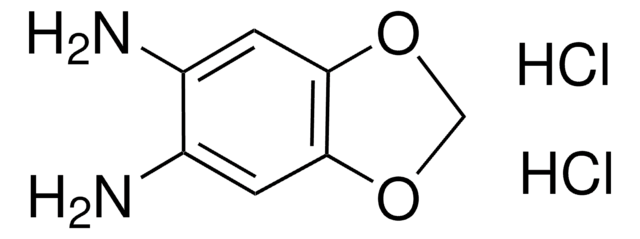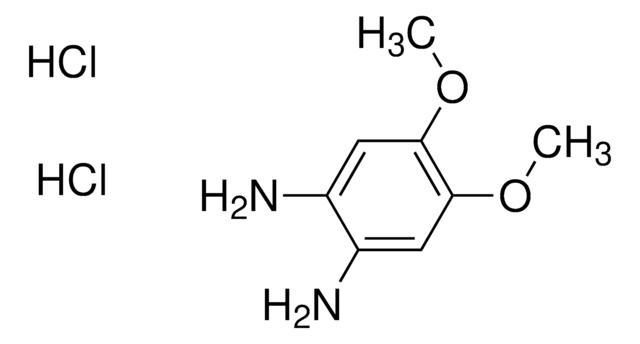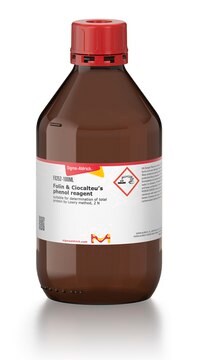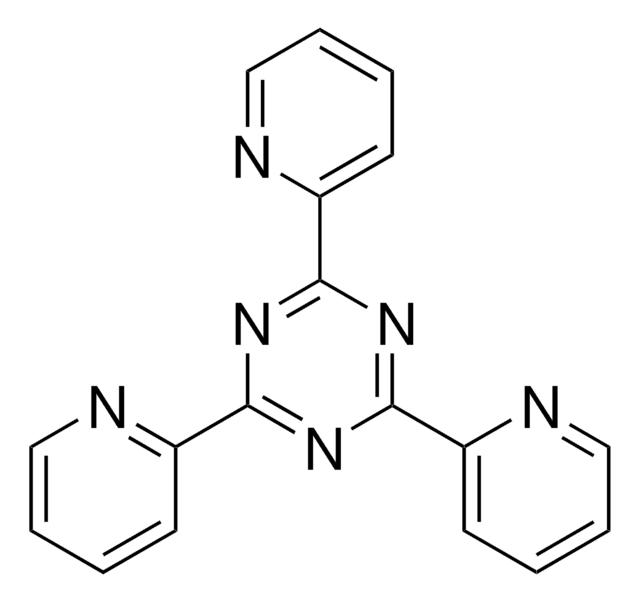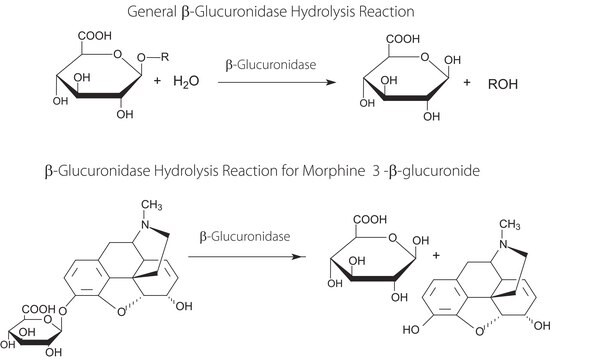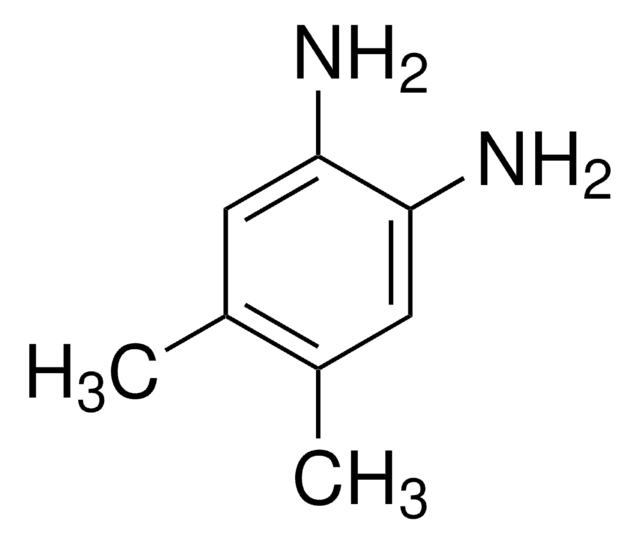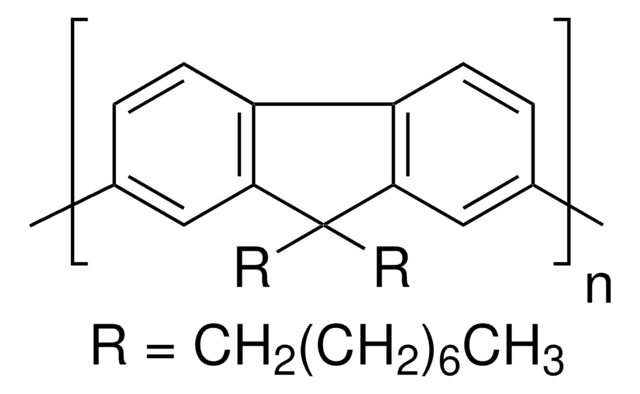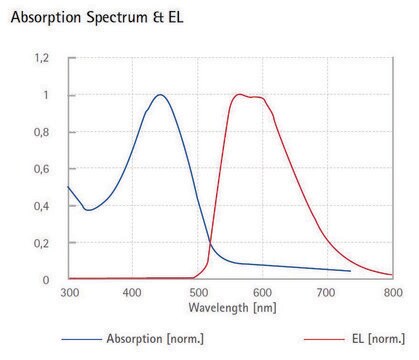66807
4,5-Methylenedioxy-1,2-phenylenediamine dihydrochloride
suitable for fluorescence, BioReagent, ≥97.0% (HPLC)
Synonym(s):
1,2-Diamino-4,5-methylenedioxybenzene dihydrochloride, 1,3-Benzodioxole-5,6-diamine dihydrochloride, 5,6-Diamino-1,3-benzodioxole dihydrochloride, MDB
About This Item
Recommended Products
product line
BioReagent
Assay
≥97.0% (HPLC)
form
solid
fluorescence
λex 367 nm; λem 445 nm in 0.1 M phosphate pH 7.0 (after derivatization with pyruvate)
suitability
suitable for fluorescence
storage temp.
−20°C
SMILES string
Cl[H].Cl[H].Nc1cc2OCOc2cc1N
InChI
1S/C7H8N2O2.2ClH/c8-4-1-6-7(2-5(4)9)11-3-10-6;;/h1-2H,3,8-9H2;2*1H
InChI key
YXEJRYIEFFUUID-UHFFFAOYSA-N
Looking for similar products? Visit Product Comparison Guide
General description
Application
Packaging
Caution
Signal Word
Warning
Hazard Statements
Precautionary Statements
Hazard Classifications
Eye Irrit. 2 - Skin Irrit. 2 - STOT SE 3
Target Organs
Respiratory system
Storage Class Code
11 - Combustible Solids
WGK
WGK 3
Flash Point(F)
Not applicable
Flash Point(C)
Not applicable
Personal Protective Equipment
Regulatory Listings
Regulatory Listings are mainly provided for chemical products. Only limited information can be provided here for non-chemical products. No entry means none of the components are listed. It is the user’s obligation to ensure the safe and legal use of the product.
JAN Code
66807-50MG:
66807-BULK:
66807-VAR:
66807-10MG:
Choose from one of the most recent versions:
Already Own This Product?
Find documentation for the products that you have recently purchased in the Document Library.
Customers Also Viewed
Our team of scientists has experience in all areas of research including Life Science, Material Science, Chemical Synthesis, Chromatography, Analytical and many others.
Contact Technical Service